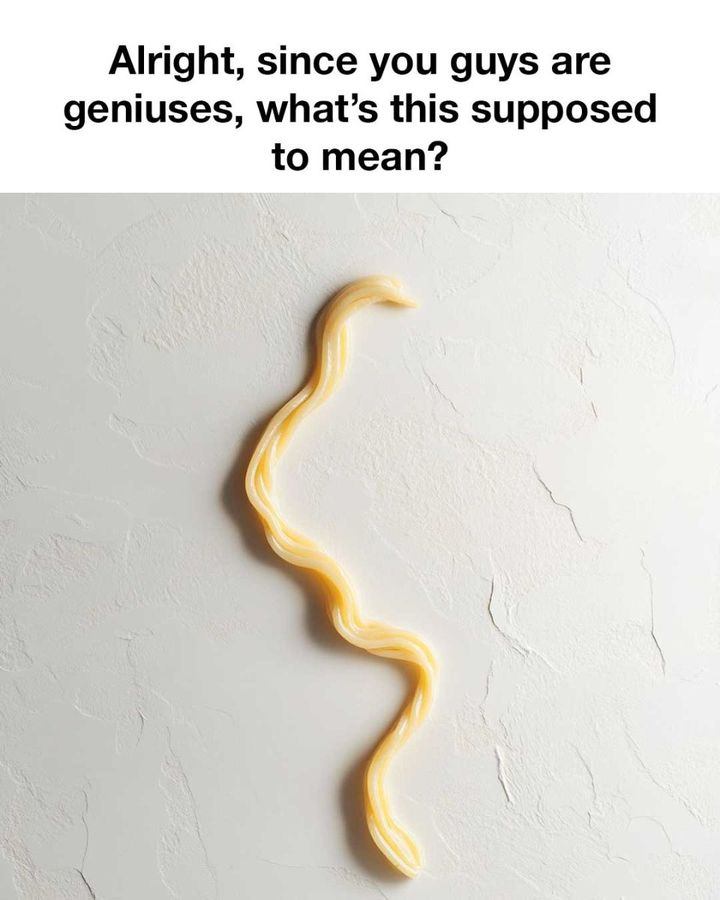ADVERTISEMENT
Seeing spaghetti stuck to the wall might seem quirky, but it’s a common technique used by home cooks to check if the pasta is done. The idea is simple: if the spaghetti sticks, it’s theoretically cooked through. This phenomenon is widely discussed among cooking enthusiasts and is often seen as a rite of passage for new cooks.
Historical Context and Origins of Spaghetti Testing
The origins of using pasta sticking to the wall as a doneness test are somewhat unclear but appear to have roots in post-World War II America. As Italian cuisine gained popularity in the United States, home chefs experimented with simple methods to determine when pasta was perfectly cooked. While there’s no definitive historical documentation, this method likely gained traction due to its simplicity and visual appeal.
The Science Behind Spaghetti Sticking to the Wall
The science of spaghetti sticking involves the transformation of starches during cooking. As spaghetti cooks, the starches swell with water and become gelatinous. Once they reach the optimal level of hydration, they become sticky. Properly cooked spaghetti will cling to a wall due to this gelatinous starch, while undercooked pasta lacks stickiness, and overcooked pasta becomes too mushy to adhere.
Common Misconceptions About Spaghetti Testing
A main misconception is that sticking to the wall equates to perfect doneness. In reality, the stickiness test doesn’t always guarantee ideal texture or flavor. Different brands and types of pasta cook differently, and some may stick even if they are undercooked or overcooked. While it’s a fun test, it’s not foolproof.
Interpreting Different Results: What Sticking Spaghetti Means
see continuation on next page
Interpreting Different Results: What Sticking Spaghetti Means
If spaghetti sticks to the wall, it typically indicates that the pasta has reached a level of doneness with adequately hydrated starches. However, for the perfect al dente texture—a slight firmness to the bite—it’s best to taste test and check the pasta packaging for recommended cooking times. If the pasta flops off, it likely needs more cooking time.
Alternative Methods for Testing Pasta Doneness
Several alternative methods can more accurately determine pasta doneness. The most reliable is the bite test: tasting the pasta to check for al dente texture. Visual inspection—looking for a slight firmness in the center when cutting a piece of spaghetti—is also useful. Many cooks follow the suggested cooking times on packaging and adjust based on their stove’s heat and altitude.
continued on next page
ADVERTISEMENT
